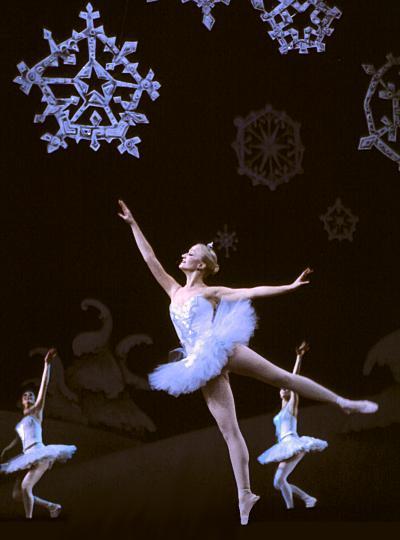Key Takeaways
- Performing arts encompass disciplines like music, dance, and drama, performed live for audiences.
- They have a rich history, originating from ancient civilizations and evolving over centuries across various cultures.
- Key elements include emotional expression, audience interaction, and varied forms like theater, ballet, opera, and modern dance.
- Technological advances have transformed the performing arts, allowing for recorded and private consumption.
Once upon an evening, under the soft glow of stage lights, I found myself captivated by the magic of performing arts. The air was thick with anticipation as the curtain rose, revealing a world where every movement and note was a brushstroke on a canvas of imagination.
In the realm of performing arts, the journey spans from the rhythmic beats of ancient rituals to the sophisticated symphonies of modern orchestras. I recall my first encounter with this mesmerizing world; it was a ballet performance, a dance that seemed to defy gravity itself. The dancers, with their fluid movements, told a story without uttering a single word, leaving me utterly spellbound.
This fascination led me to explore further, from the grandeur of opera houses where powerful voices tell epic tales, to the intimate spaces where solo musicians bare their souls through melodies. Each experience was like peering through a kaleidoscope, with ever-changing patterns of human emotion and creativity.
Theatre, with its blend of dialogue, action, and visuals, offered a different flavor. I remember sitting in the darkened auditorium, watching actors transform into characters from different times and places, weaving stories that made us laugh, cry, and reflect. It was a mirror to life, portraying the joys, sorrows, and complexities of the human experience.
Street performances, another facet of this art, brought its own raw energy and spontaneity. There, the city’s heartbeat synchronized with the performers’ acts, creating a live canvas that captivated passersby. Each performance, whether a mesmerizing mime act or a vibrant musical ensemble, was a spontaneous eruption of creativity, drawing us into a moment of shared humanity.
The evolution of performing arts is also a testament to technological progress. The advent of audio and video recording has transformed the way we consume these art forms, allowing us to relive the magic of live performances in our own spaces, bridging the gap between the ephemeral and the eternal.
In this journey, the performing arts serve as a vessel for expressing the inexpressible, a space where emotions, thoughts, and cultural narratives converge and dance to the rhythm of human creativity. They remind us of our shared heritage and the universal language of emotion that transcends time and geography.
As I reflect on these experiences, I realize the power of performing arts to connect us, to evoke empathy, and to challenge our perceptions. They are not just performances; they are conversations, a dialogue between the artist and the audience, between tradition and innovation.
In the end, the world of performing arts is like a river that flows through the landscape of human culture, nourishing our souls, reflecting our stories, and constantly carving new paths for expression and understanding.
Frequently Asked Questions
- What are the different types of performing arts?
Performing arts include disciplines like music, dance, theater, opera, circus arts, magic, puppetry, and more, each with its unique form and method of engaging with audiences. - How have performing arts evolved over time?
Performing arts have evolved from ancient rituals and ceremonies to sophisticated, diverse forms that incorporate technology, innovative storytelling, and cross-cultural influences, reflecting societal changes and technological advancements. - What is the significance of performing arts in culture?
Performing arts are vital to culture as they reflect societal values, historical narratives, and human emotions, fostering community, empathy, and cultural exchange. - How do performing arts impact individuals and society?
They enrich our lives, providing emotional experiences, stimulating creativity, encouraging critical thinking, and promoting cultural understanding and social cohesion. - What role does technology play in the performing arts today?
Technology has expanded the reach and accessibility of performing arts, allowing for innovative production techniques, new forms of audience engagement, and the preservation and wider dissemination of performances.





